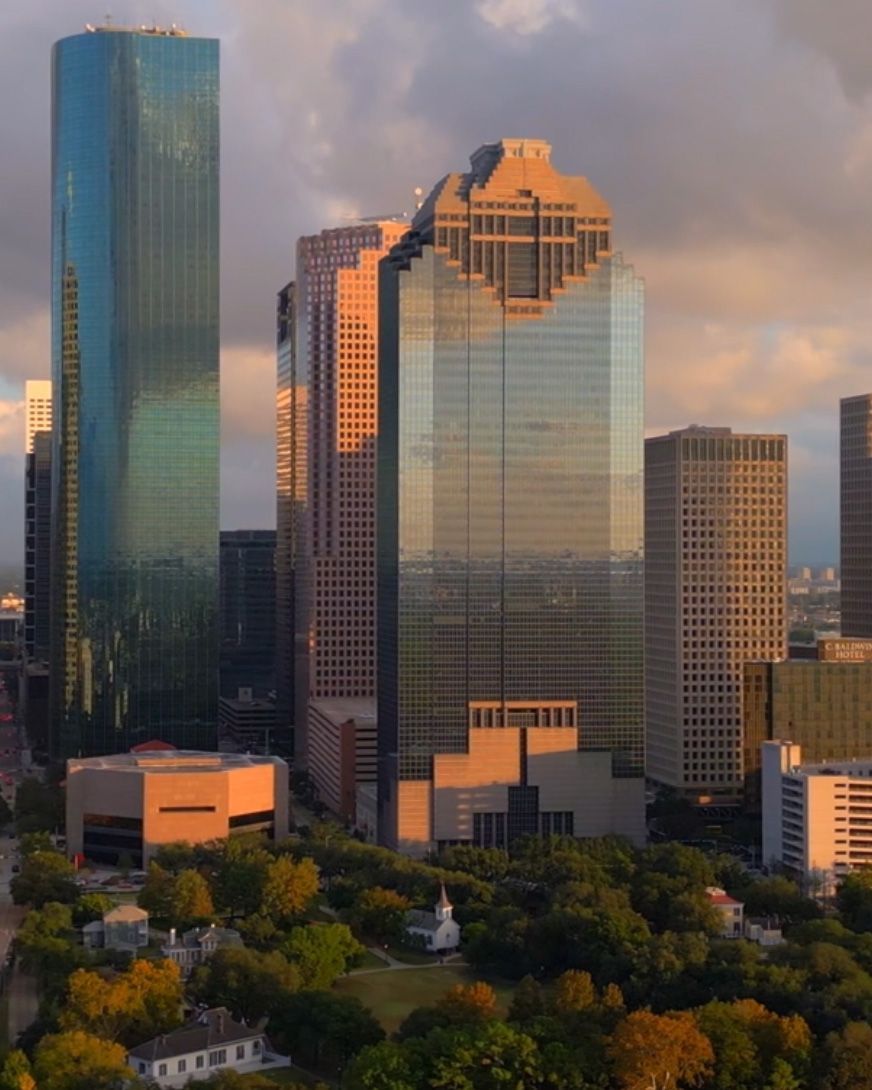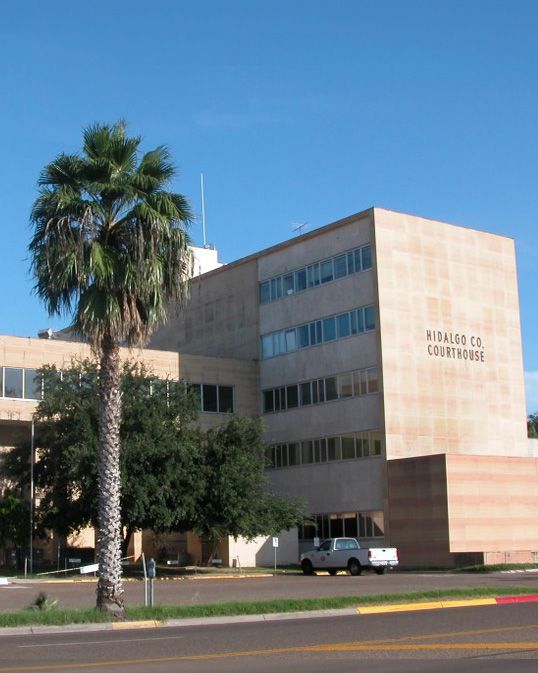How Do Wrong Way Accidents Happen?
LAW BLOG •
All car accidents have the potential to be catastrophic, but some are naturally more dangerous than others. A wrong way accident, for example, is more likely to result in serious or incapacitating injuries, because it generally results in a head-on collision. At high speeds, head-on collisions are the most likely to cause catastrophic injury or death to the driver and front seat passenger. How to these devastating accidents happen? There are a few factors that might affect the risk of a wrong way crash.
How Common Are Wrong Way Crashes?
According to data from the US Department of Transportation, on average, 350 people die in the country each year in wrong-way accidents. While this might not seem like a high number, the fact that they occur at all is disturbing. Despite wrong way signage and proper marking, hundreds of Americans lose their lives each year. Why is this?
The National Transportation Safety Board compiles data on car crashes to assess common trends and make recommendations for improved safety. According to its data, it found some related elements in wrong way crashes throughout the years:
- Age
A disproportionate number of drivers over the age of 70 are involved in wrong way accidents. The NTSB did not go as far to say that elderly people are more likely to cause wrong way accidents, but it’s possible that difficulty reading road signs may play a role in wrong way collisions.
- Time of Day
The majority of wrong way accidents occur at night, between the hours of 6 pm and 6 am. This means a variety of factors might be at play – poor visibility, tired drivers, and people who are operating vehicles under the influence of drugs or alcohol are some examples. If you can avoid driving between these hours, you could greatly reduce your risk of being in a wrong way crash. The NTSB found that over three quarters of crashes occurred during nighttime hours.
Wrong way crashes also occur more frequently on the weekends than during the week. This seems to coincide with the idea that people are more likely to drive drunk during this time.
- Familiarity With the City
The majority of wrong way crashes involve a vehicle that enters the highway on an exit ramp. Other than operating under the influence, there are other factors that could be at play – for example, a driver might be unfamiliar with the city, or a city’s signage might be inadequate.
Some studies have shown that cloverleaf and partial cloverleaf highway designs can be more confusing to drivers, and those who enter a highway on the left are more likely to use the wrong ramp. Confused drivers can easily end up taking the wrong side of the ramp, even if they’re sober. Fortunately, reasonably alert drivers usually realize this mistake and back up before a catastrophic collision can result.
How Can I Avoid a Wrong Way Collision?
There are a few ways you can reduce your risk of being involved in a catastrophic collision:
- Never drink and drive. This seems like a common-sense tip, but it bears repeating. By operating under the influence, you present a serious risk to yourself and others on the road.
- Avoid night driving, if possible. Avoid “high risk” times for rollover crashes, which include the hours between 6 pm and 6 am and weekend nights. If you must drive during these times, be on high alert and drive on the inside lane – the lanes closest to the exit ramps are the most likely to experience a crash.
Wrong way crashes can be devastating, but they’re preventable with the right approach. Know the most common causes of accidents and take steps to reduce your risk of catastrophic injury.
The post How Do Wrong Way Accidents Happen? appeared first on GES Injury Attorneys.
Every state limits the amount of time you have to file a claim.
Don't Delay.
Contact the Attorneys at Gordon & Elias, LLP Today to preserve your right to a recovery.
Contact Us
We will get back to you as soon as possible.
Please try again later.
100% FREE CASE EVALUATION
Free Consultation • No Fee If No Recovery



